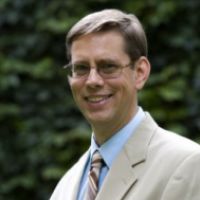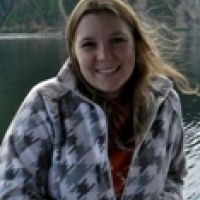Keating et al., 2018
Using a Near Surface Geophysics and Critical Zone Science Field Experience to Broaden the Participation of Underrepresented Minorities in the Geosciences
Kristina Keating*, Gregory Mount, Jonathan Nyquist, Jorden L Hayes, Alexander E Gates, Susan Brantley, Kristin O'Connell, Ellen A R Iverson (2018)
Abstract ED41C-1124 presented at 2018 AGU Fall Meeting, Washington, D.C., 10-14 Dec
-
Shale Hills, INVESTIGATOR, COLLABORATOR
-
Shale Hills, INVESTIGATOR, COLLABORATOR
-
Christina, Shale Hills, COLLABORATOR
-
Shale Hills, Sierra, INVESTIGATOR, COLLABORATOR
-
National, Eel, Luquillo, Shale Hills, INVESTIGATOR, COLLABORATOR
Abstract
In the United States at the undergraduate level, earth, atmosphere and ocean sciences lag behind other Science, Technology, Engineering and Mathematics (STEM) fields when it comes to the racial and ethnic diversity of students. This deficit is particularly notable for students who are underrepresented minorities (URM) in STEM fields and translates to a lag at the graduate level. Research has shown that diversity has demonstrated benefits for scientific advancement, including that diverse perspectives provide unique approaches to problem solving, which are needed to solve the complex problems we tackle in the geosciences. Using near-surface geophysics applied to critical zone science as the basis for recruiting and retaining URM students into the geosciences, we have established a program “GEOPATHS Near Surface Geophysics Field Camp Experience”.
We will present findings from the first GEOPATHS field experience, which was held in the Garner Run subcatchment at the Susquehanna Shale Hills Critical Zone Observatory from 19 May to 2 June 2018. The inaugural GEOPATHS field experience had 17 student and 4 peer-mentor participants. To ensure a diverse group of participants, applicants were freshmen and sophomores drawn from 2- and 4-year colleges in the Northeast with high URM populations. The field experience was split into two sections. In the first section, students completed 4 exercises in 2-day rotations, each led by a peer mentor. Three exercises focused on geophysics including seismic refraction, electrical resistivity tomography, and ground penetrating radar; the fourth exercise was a surveying and mapping activity intended to strengthen the students’ quantitative and spatial reasoning skills. In the second section, students designed and implemented a field study using the tools they had learned. Scientific exercises were supplemented by team building activities and talks by professionals to expose students to the range of careers available in the geosciences. Over the next two years of this project, we will assess the impact that the Geopaths Near-Surface Geophysics Field Camp Experience has on broadening the diversity of geoscientists and will create a model that other institutes can use for teaching near surface geophysics to undergraduate students interested in geoscience careers.
Citation
Kristina Keating*, Gregory Mount, Jonathan Nyquist, Jorden L Hayes, Alexander E Gates, Susan Brantley, Kristin O'Connell, Ellen A R Iverson (2018): Using a Near Surface Geophysics and Critical Zone Science Field Experience to Broaden the Participation of Underrepresented Minorities in the Geosciences. Abstract ED41C-1124 presented at 2018 AGU Fall Meeting, Washington, D.C., 10-14 Dec .
Explore Further





